15 x Best Places to Visit in Austria 2022
Last Updated On December 02, 2022
Last Updated On December 02, 2022
Once part of a large European empire, Austria still reflects the riches of its former glory today. Vienna has long been regarded as a mecca for classical music, architecture, art, and pastries. Salzburg was Mozart's birthplace and is home to many stunning buildings. And while history and beautiful architecture are essential components of what makes Austria genuinely remarkable, this landlocked country is much more than that.
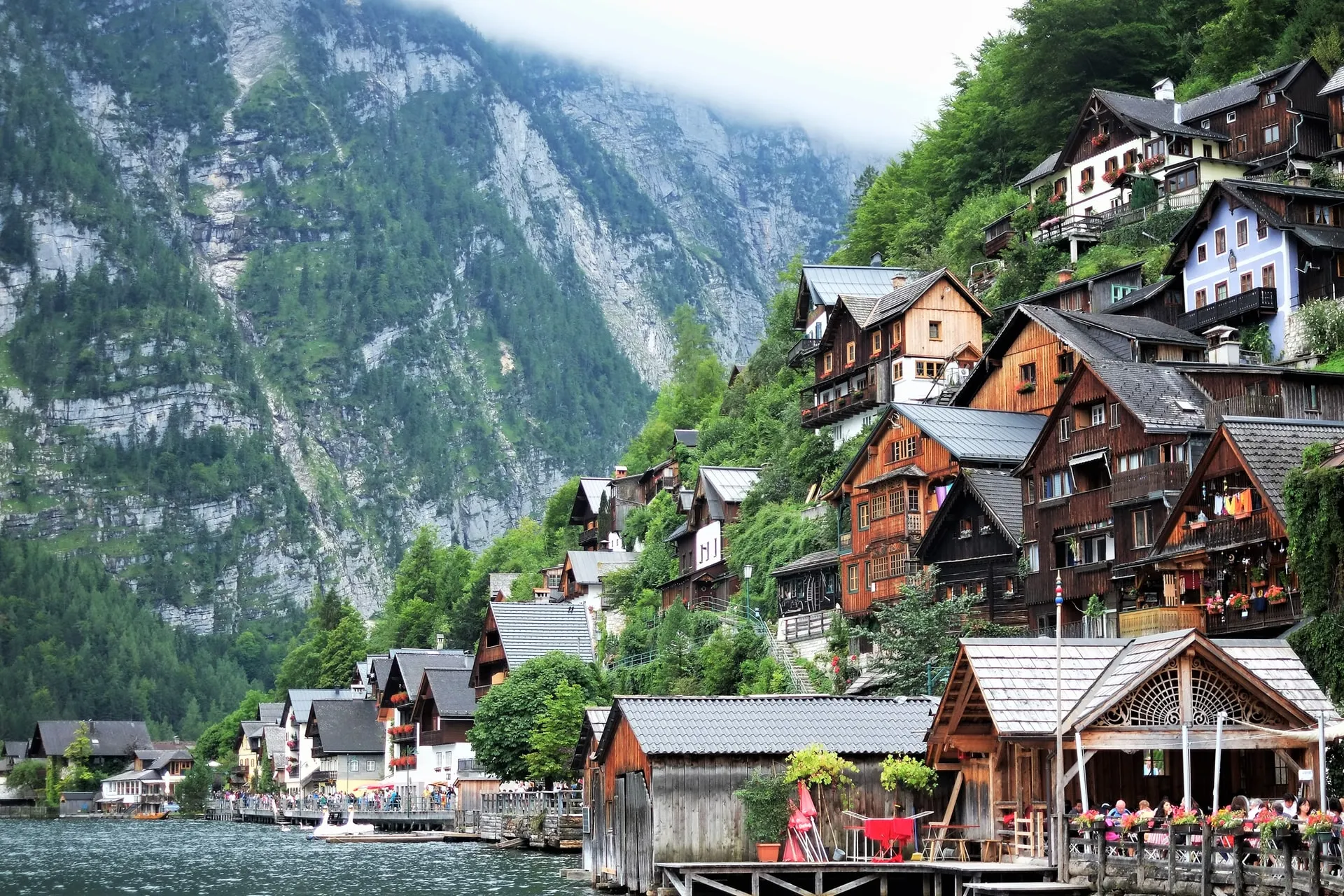
Because it is largely located in the Alps, it is a popular destination for skiers and hikers who want to take in the breathtaking environment. Charming settlements nestled on sweeping green slopes crowned by rugged peaks await.
The allure of pure mountain air and alpine resorts is irresistible. Austria exemplifies how gorgeous alpine vistas, valleys, and lakes can be. The following are some of the best places to visit in Austria.
When visiting Austria, the capital city of Vienna is a perfect location to begin. This stately city, formerly the hub of the Habsburg Empire, looks the part with its historic architecture and elegant Viennese coffee houses. Vienna is home to Austria's most well-known tourist attractions, including several exquisite royal mansions such as Schönbrunn Palace and Belvedere Palace.
Other notable landmarks in the city center are the Rathaus and the Vienna State Opera and St. Stephen's Cathedral and Karlskirche, both equally spectacular. As a cultural metropolis, Vienna has many museums, the Albertina art museum, and the Art History Museum being two of the city's best. On the lighter side of things, there's the Hundertwasser House and the wonderful Prater amusement park.
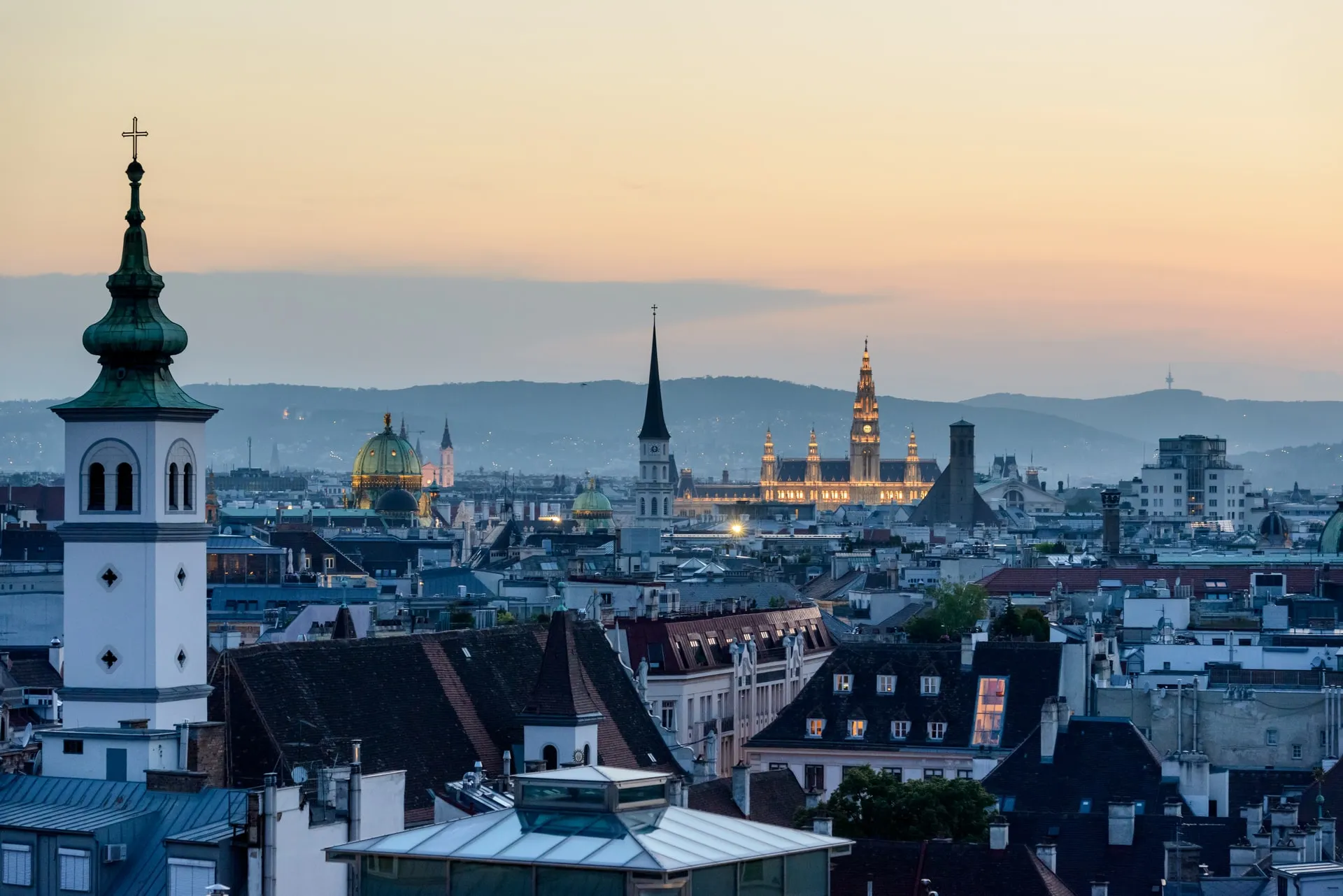
Innsbruck is built on the banks of the Inn River, surrounded by 2000-meter-high mountains. While many visitors come for the breathtaking vistas and landscapes, the city offers an intriguing blend of history, culture, and architecture.
With its stunning Old Town of Baroque palaces and Tyrolean villas, Innsbruck is the former residence of famed Holy Roman Emperor Maximilian I. Visitors can see the Golden Roof and the majestic whitewashed Hofburg while meandering through the cobblestone pathways and historic imperial palaces leftover from Habsburg control. There are armories to visit and the magnificent Ambras Castle on the peaks above the city, not to mention a plethora of vibrant tiny Bavarian-style beer halls and energetic apres places selling schnitzel and strudel close the base of the neighboring pistes.
The 'Alps Capital,' as it is often known, offers several excellent hiking paths for visitors to explore, and skiing is a must in the winter. You can take the Nordkettenbahnen cable car from the city center to the top of Nordkette mountain, which gives spectacular views of the city below and the surrounding environment.
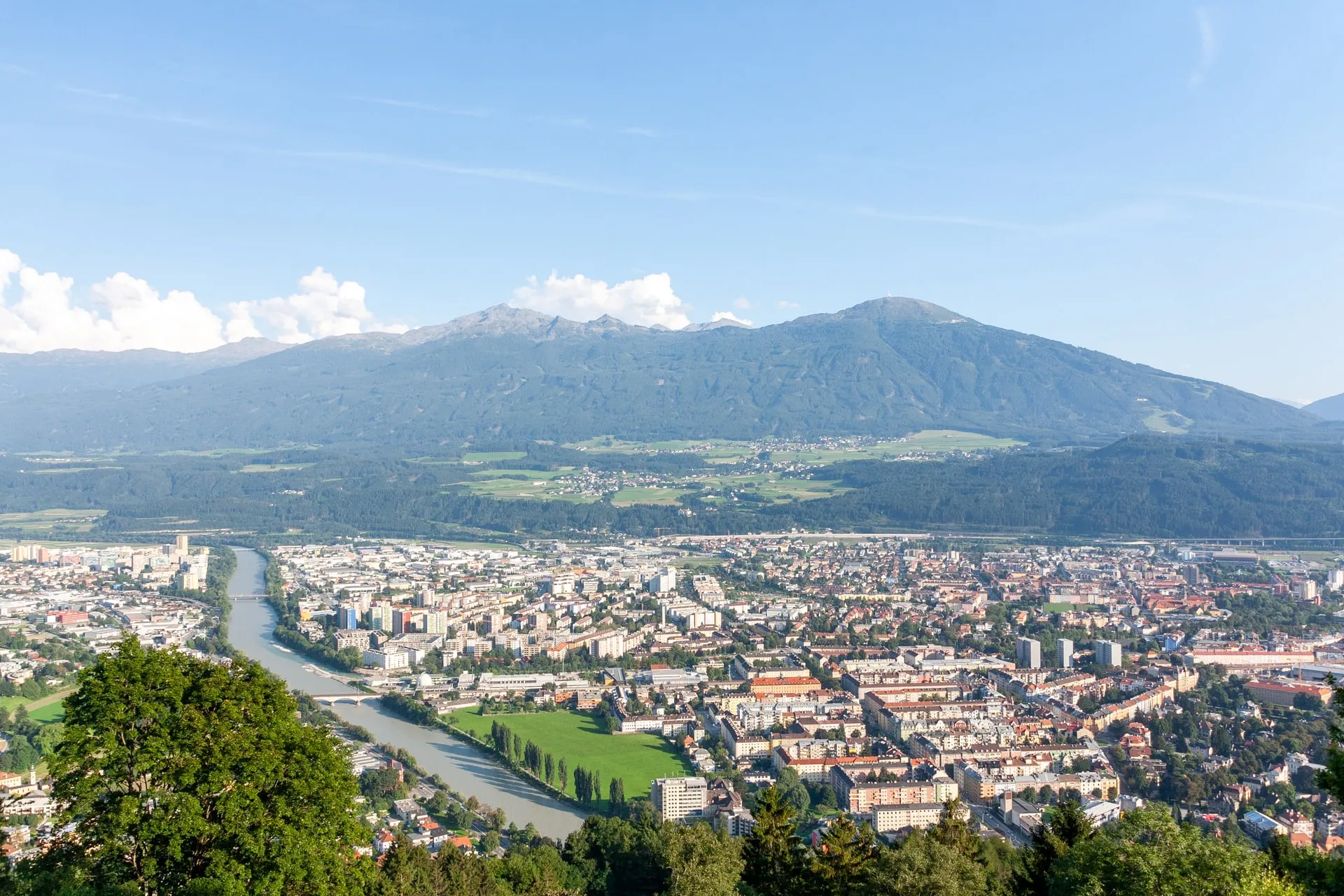
The Zillertal Alps run along the border between Austria and Italy. The Zillertal Alps, with its towering glacier peaks, steep mountain cliffs, and tree-lined valleys, is one of Central Europe's most spectacular landscapes.
In Zittertal, there are around 85 glaciers, some above 11,000 feet above sea level. The Hintertux Glacier is one of the tallest and is open for skiing and trekking 365 days a year. Because of its elevation, it is one of only two ski resorts globally that is open all year.
The Zillertal Alps are a popular destination for mountaineers, hikers, and backpackers, with hundreds of kilometers of outdoor paths. Beginner hikers can explore the lower-level pastures, while more experienced hikers can take a long-distance journey across the High Alps Nature Park.
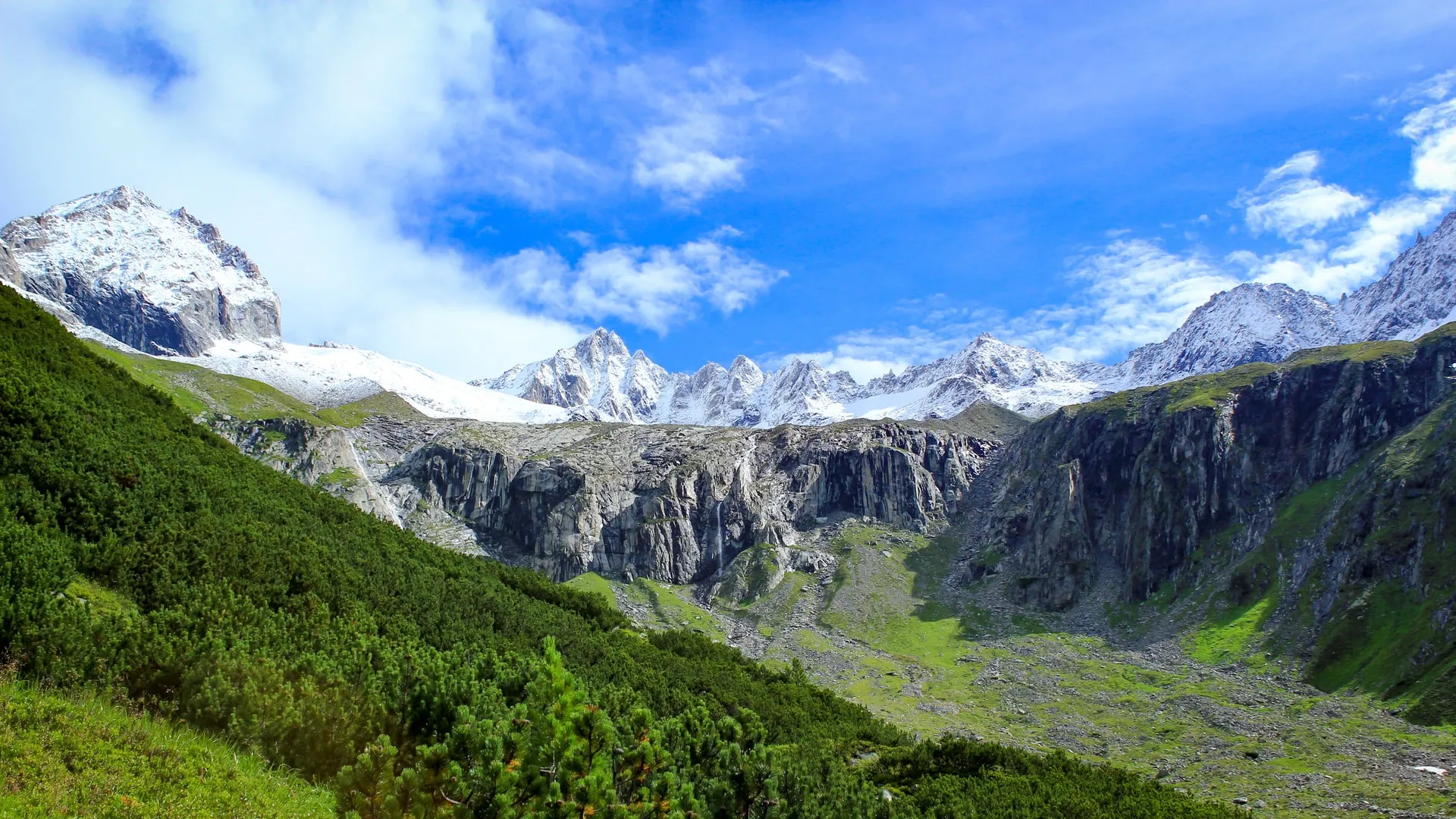
The city of Salzburg, famous for its link with the film The Sound of Music, is one of the best things to do in Austria for travelers. The Mirabell Palace Gardens is where you'll want to go to witness one of the Sounds of Music's filming locations. However, there are many other fascinating sites in the Old Town, including Getreidegasse with its historic retail signs. Salzburg is also known as the birthplace of the famed composer Wolfgang Amadeus Mozart.
You can visit the house where he was born, the Mozart Residence where the family lived, and a giant statue of the artist in Mozartplatz. The city's feeling of culture extends beyond music, with a fantastic range of museums at the DomQuartier, located near the city's spectacular cathedral. The Hohensalzburg Fortress, a massive castle steeped in history that dominates the city's skyline, stands guard over it all.

The spa town of Bad Gastein is nestled in a valley in the High Tauern Mountains. The pure mountain air, thermal hot springs, and the sounds of the neighboring Gasteiner Waterfall should make it easy to unwind. Throughout Bad Gastein, you'll find elegant Belle Epoque buildings and villas that reflect the town's history as a popular 19th-century spa resort.
While you're here, relax in the local hot springs, whose thermal waters are high in minerals and radon. In addition, Bad Gastein serves as a base for various outdoor activities, such as hiking and cycling in the summer and skiing in the winter. Not to mention the magnificent Gasteiner Waterfall, which may be reached by following the Wasserfallweg route. The mist from this waterfall is reported to have a therapeutic effect on the town's air.

Graz, Austria's second-largest city, is a beautiful destination to visit. It is located on the banks of the Mur River, surrounded by fertile farmland, verdant forests, and rolling hills.
Styria's capital has one of the best-preserved medieval cores in Central Europe. Baroque palaces and Renaissance courtyards coexist with centuries-old cathedrals and contemporary museums. The tree-clad Schlossberg Hill lies at its core, soaring above the city with its distinctive clocktower poking out at the top.
Despite its history, Graz boasts a lively and youthful vibe and a busy nightlife scene. Many clubs, restaurants, and cafes cater to the enormous student population that attends the city's numerous universities and colleges.
Salzkammergut is one of Austria's most attractive regions, stretching from the city of Salzburg to the high peaks of the Dachstein Mountains. Glistening lakes, undulating hills, alpine valleys, and magnificent mountain ranges can all be found within its broad boundaries. Visitors who have watched the film The Sound of Music will recognize this lake region because it was filmed in and around the city of Salzburg and the nearby Salzkammergut region.
Salzkammergut, primarily wild and undisturbed, is a haven for nature lovers and outdoor enthusiasts, with hiking and mountain biking being popular sports. Many visitors come to swim, fish, and boat on reflected lakes such as Hallstatter See, Mondsee, and Wolgangsee, all of which are placed in beautiful terrain.
Despite its small population, the region has a lengthy history dating back to the Neolithic periods and is named after the salt mines that spot the area. Civilization can be found in small pockets here and there. The picturesque lakeside towns of St Wolfgang and St Hallstatt are worth a visit. Its enthralling location has earned it the moniker "the gem of Austria."
Those on a driving vacation in Austria searching for a scenic drive might include the Grossglockner High Alpine Road on their itinerary. The Grossglockner, the country's tallest peak, is a must-see in Austria, and you'll get a great glimpse of it on this journey. In reality, you'll be surrounded by the breathtaking alpine landscape on this winding road that takes you over Austria's highest paved mountain pass road.
The Grossglockner High Alpine Road begins in Bruck and follows the Fischer Valley up to Heiligenblut before descending into Carinthia and Tyrol. You'll pass through 36 bends and reach altitudes of nearly 2,500 meters along the way, making this route popular with motorcyclists. This is the drive for you if you want to experience one of Europe's most picturesque pass roads.
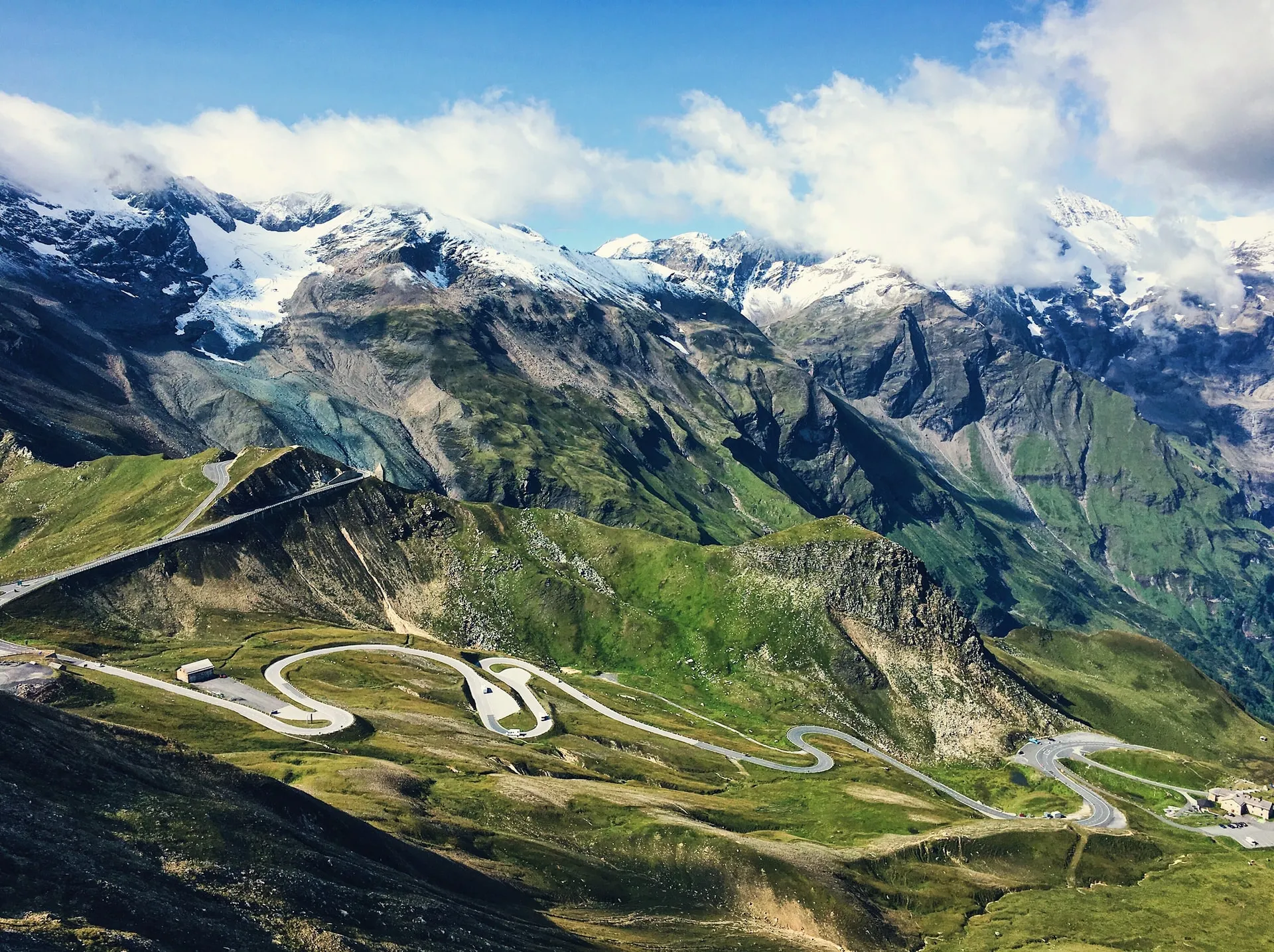
The Danube River runs through Austria, and the Wachau Valley is undoubtedly its most beautiful length. This portion of the Danube River, which runs between Melk and Krems, is jam-packed with attractions, making it a prominent role in Austrian tourism. Starting at one end with Melk, you should take time to tour the town's massive and opulent Melk Abbey. Follow the river downstream by boat, bike, or automobile to visit ancient sites such as Schönbühel Castle and the ruins of Aggstein Castle.
You'll soon arrive in the lovely town of Durnstein, which stands beneath the castle remains where Richard the Lionheart was imprisoned. Durnstein is also a fantastic site to try some of the valley's specialties, such as apricot liqueur and saffron. Krems and Gottweig Abbey are located at the far end of the Danube and make quite an impression.
Travelers who explore Feldkirch's lanes and archways, cobbled squares, and tight-knit side streets on the outskirts of Austria's Vorarlberg region will discover a unique blend of Swiss, Francophone, and Germanic traditions. The action revolves around the fairy-tale Marktgasse, which bustles with authentic beer houses and Rhineland eateries.
But it's the soaring Schattenburg Castle crowning the hillsides just on the outskirts of town that draws the eye; a formidable collection of four keeps and fortified bulwarks that was once the home of the Montfort Earls.
The Worthersee, Austria's largest lake, is located in the country's south at the foot of the Gurktal Alps and the Karawanks mountain range. It is a popular tourist destination due to its stunning setting and surroundings. Many visitors visit in the summer to swim in the warm waters and enjoy the Mediterranean climate.
The lake is bordered by lush woodlands, making for some excellent trekking. A lovely cycling route winds its way along the lakeshore as well. The Worthersee is a fantastic location for outdoor activities such as horseback riding, golf, and watersports.
Initially known as "Austria's Monte Carlo" because of the Viennese aristocracy and bourgeoisie that vacationed here, it is now a more family-friendly resort. The lake's banks are home to charming, scenic communities, peaceful spas, and pulsing entertainment places.
St Anton am Arlberg, located in the heart of the Tyrolean Alps, is one of Austria's most popular ski resort towns. The entire region is an outdoor lover's dream, with a vast ski area that caters to various skill levels. Valluga Mountain, at 9,215 feet, is a must-see for skiers and non-skiers alike. Visitors can reach the peak via two aerial tramways known as the Vallugabahns while taking in breathtaking views of the Lechtal Alps.
Although most people identify St Anton am Arlberg with winter, the town is equally famous in the summer. The green meadows and lush, tree-lined woodlands are great for hiking, cycling, and mountain biking once the winter melts. The town of St Anton am Arlberg, surrounded by snow-covered mountains, is equally lovely in its own right. St Anton am Arlberg, despite its small size, features a plethora of classic restaurants and charming cafes.
The Wienerwald, one of the most off-the-beaten-path sites on this list of Austria's must-sees, is located just outside of Vienna and is a popular outdoor destination for people wishing to get away from the city for a day of hiking or bicycling. The Wienerwald woodlands stretch 45 kilometers from the Danube basin, rising in stages and steeper as they approach the Northern Limestone Alps and Upper Austria.
The area is a gorgeous mix of hornbeams and oaks, fir trees and spruce groves, wild pigs, and loads of walking routes, not to mention some delightful and off-the-beaten-path villages and towns.
Finkenberg, a beautiful small Tyrolean village sliding down a slope in the heart of the stunning Zillertal Valley, is a mishmash of rustic timber homes and Austrian pubs blanketed in pillows of compacted snow in winter encircled by evergreen Alpine peaks in the warmer months of the year. Aside from its attractive aspect, the remote little community is also home to the Finkenberger Almbahnen, which transports skiers and boarders to Mayrhofen's famous pistes. At the same time, the massive Hintertux glacier provides year-round snow activities and spectacular views of Italy's Trentino-Alto Alps to the south.
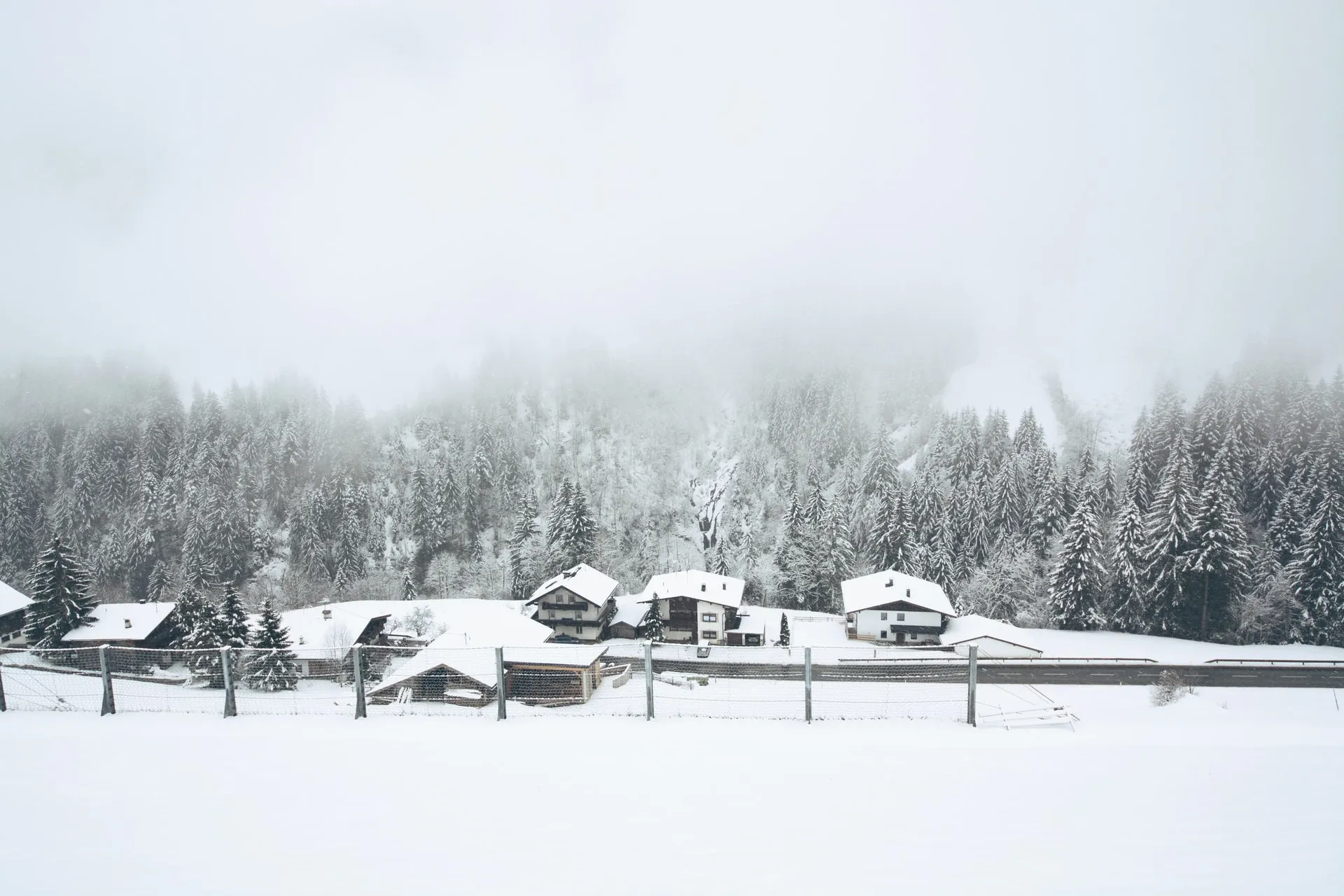
Zell am See, Austria's classic Alpine lake town clings its iconic cobalt-blue waters to the formidable Hohe Tauern hills. The enclave of fir-clad ridges and snow-mantled peaks has become a veritable outdoor paradise.
The outdoor activities in this area, like sailing, hiking, mountain biking, scenic driving, and, of course, skiing, attract millions of adventure travelers each year, which takes place primarily on the icecaps of the Kitzsteinhorn above nearby Kaprun.
As if that weren't enough, Zell am See also has a genuinely attractive center with ice-cream-colored chalets, while rhododendron and edelweiss blossom from the timber verandas and earthy cafes of Dreifaltigkeitsgasse.
